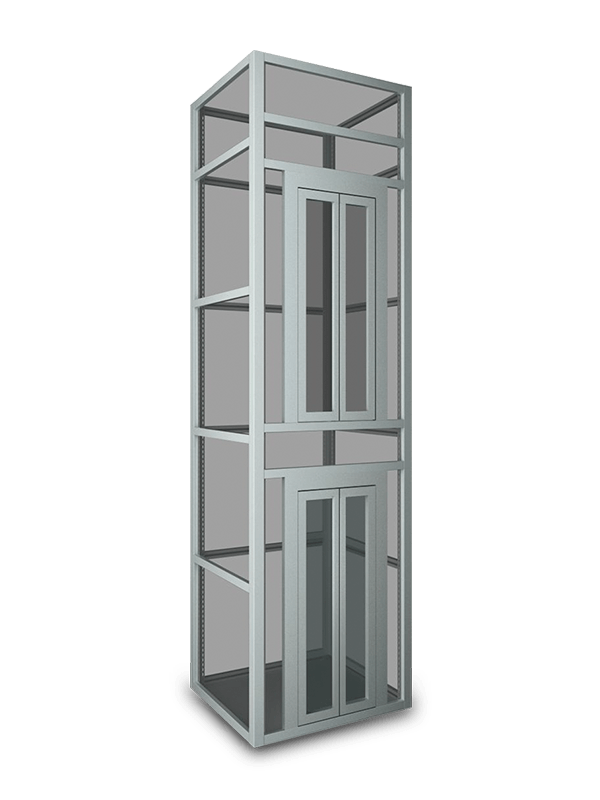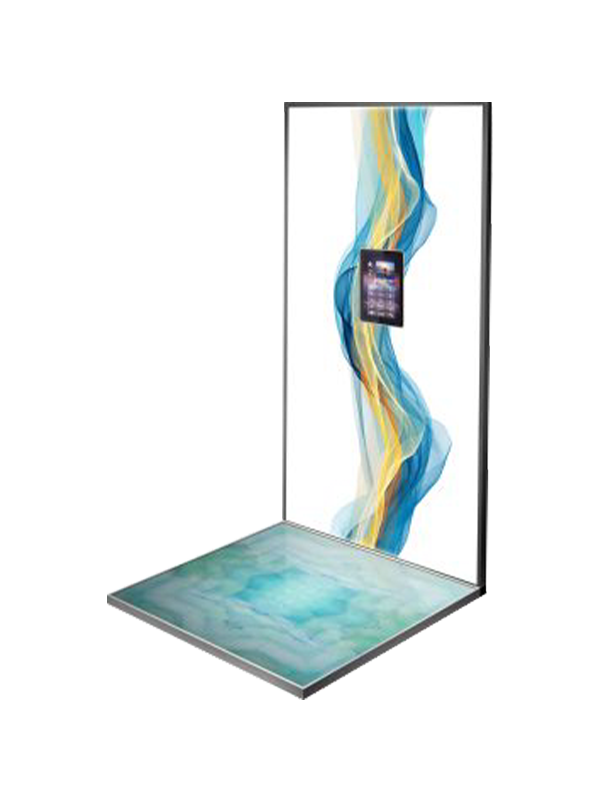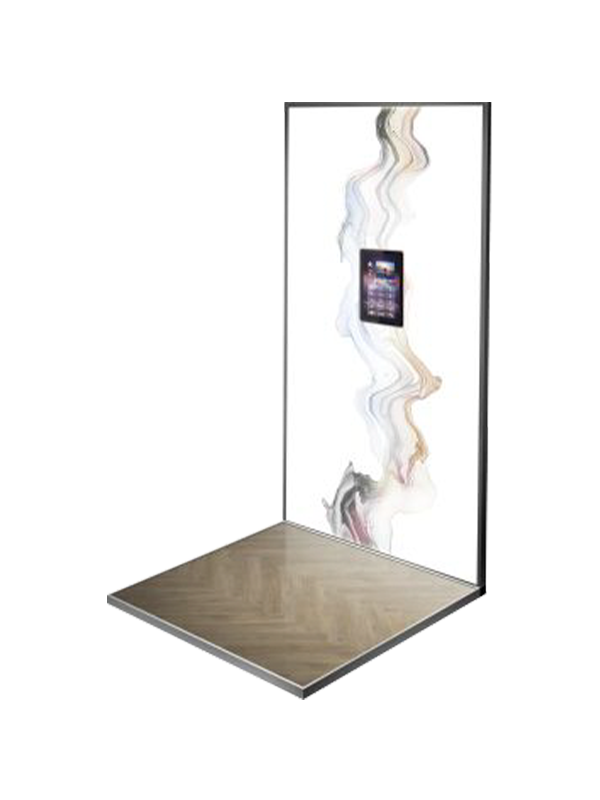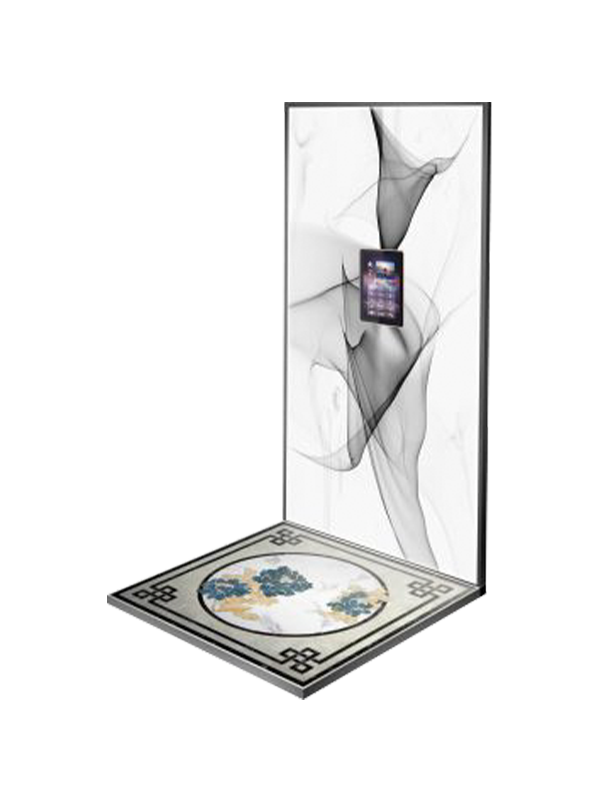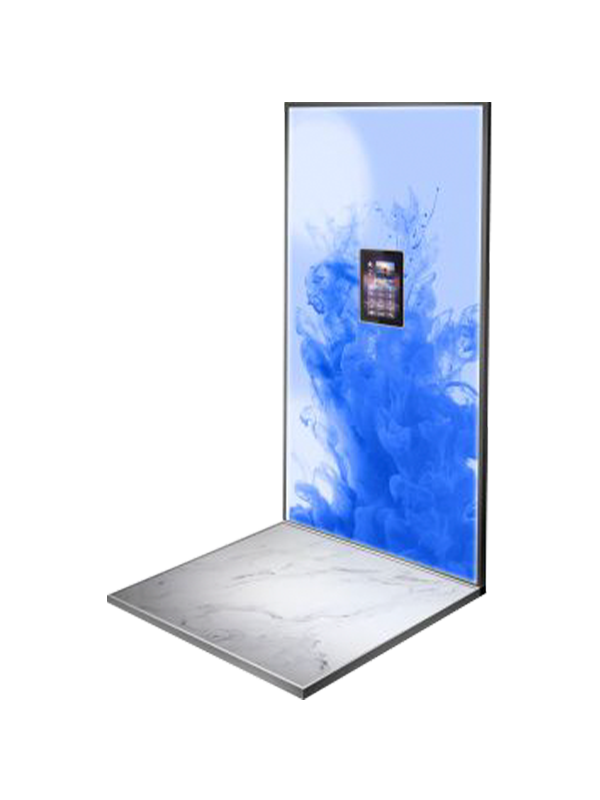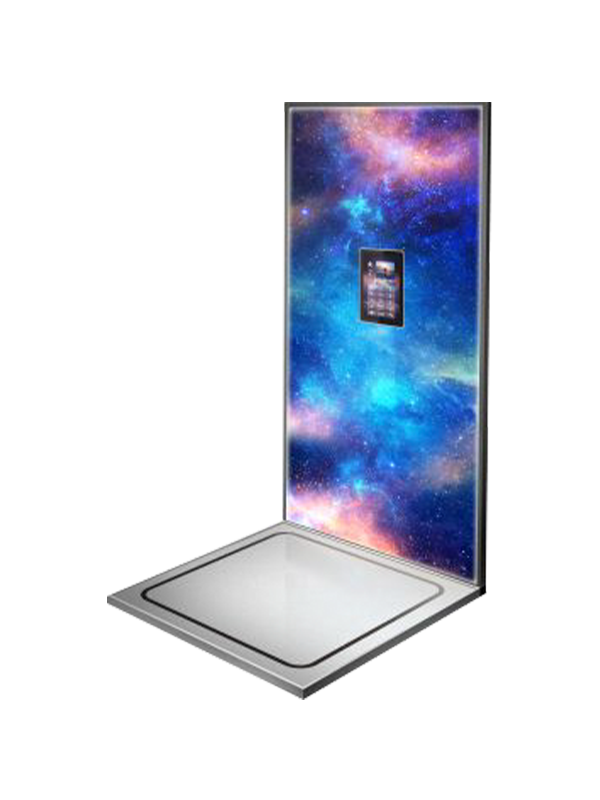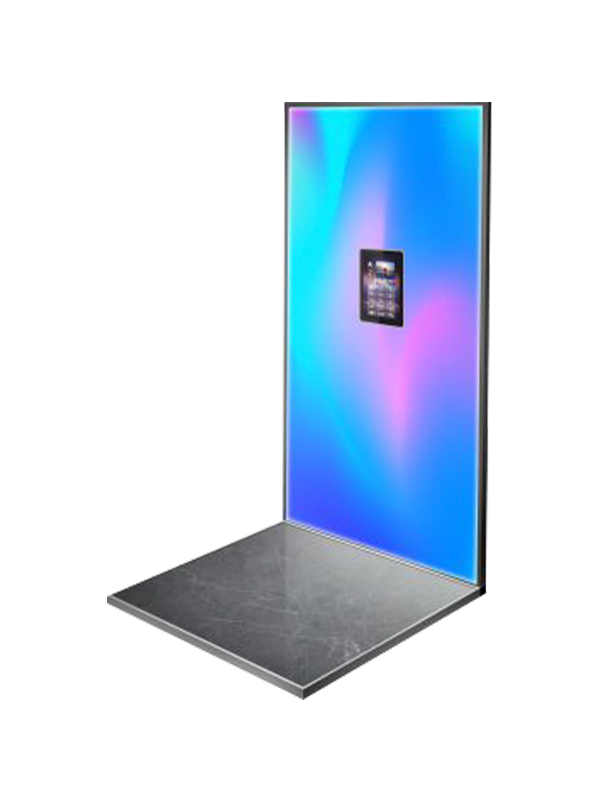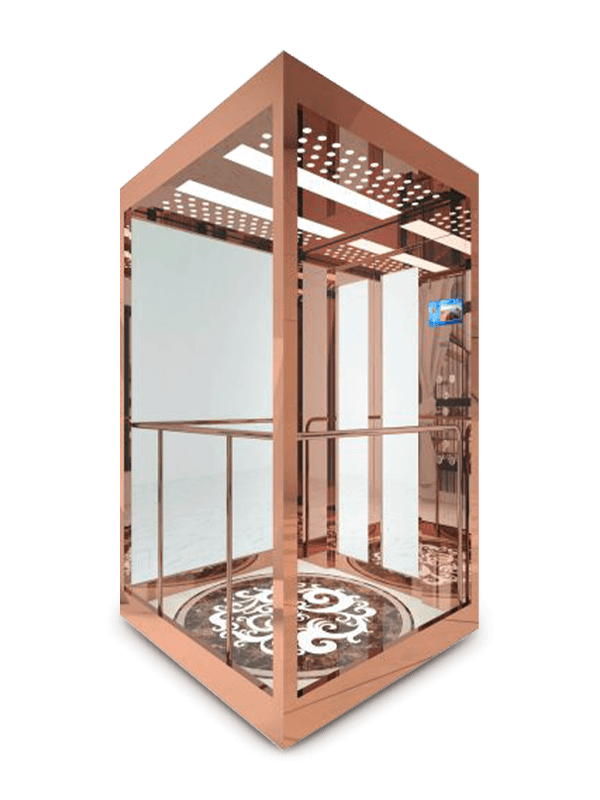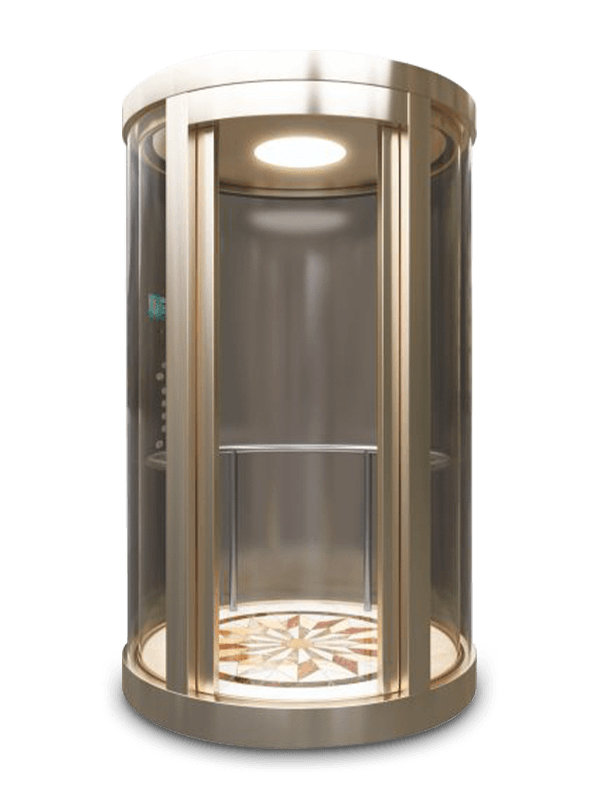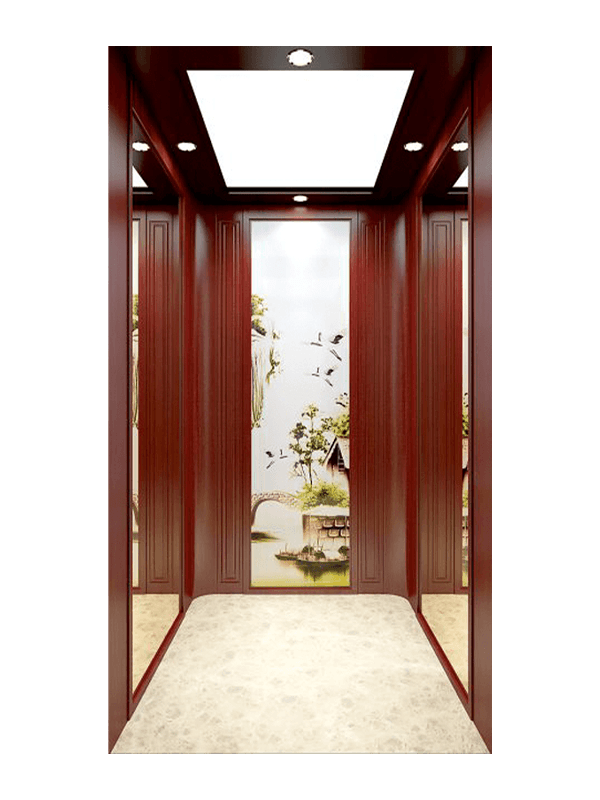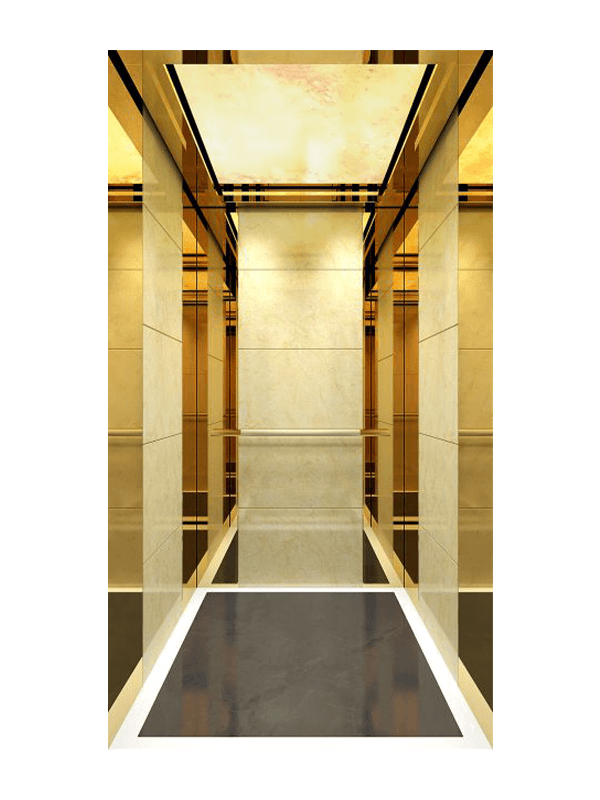In modern villa design, luxury and comfort are not confined to living rooms, bedrooms, or exterior architecture. The private elevator—once considered purely functional—has now become an essential element that reflects a homeowner’s taste, lifestyle, and attention to detail. The elevator car decoration within a villa plays a surprisingly vital role. It affects not only the visual experience and harmony of the interior design but also contributes to comfort, safety, and long-term durability.
Extending the Villa’s Design Language
Every villa has its own architectural personality—be it classic, minimalist, contemporary, or artistic. An elevator that interrupts this language feels out of place. Elevator car decoration allows the interior of the lift to blend seamlessly with the villa’s overall style.
For example, in a classic European-style villa, a car decorated with wooden veneers, brass trims, and warm lighting complements the stately tone of the home. In contrast, a modern villa benefits from stainless steel finishes, clear glass panels, and LED lighting that emphasizes sleekness and simplicity. When the elevator car reflects the same aesthetic principles as the rest of the house, it enhances the sense of unity, turning a purely mechanical device into an integrated architectural feature.
Interior designers often view the villa elevator as a “vertical continuation” of the living space. Its decoration bridges different floors with consistent design, ensuring that transitions between levels feel smooth and natural.
Creating a Sense of Luxury and Personal Identity
The villa elevator is not merely a transportation tool—it is a private space that reflects personal style and sophistication. Thoughtful car decoration transforms it into a statement of luxury. Whether it’s the soft glow of indirect lighting, the texture of real wood grain panels, or the refinement of mirror-polished steel, every element contributes to the sensory experience.
For homeowners who value exclusivity, the elevator car can even be customized with monogrammed panels, embossed logos, or unique color palettes that match their furniture or wall finishes. Small details such as decorative ceilings, ambient lights, or patterned floors can make a profound impression. These touches communicate individuality and elevate the everyday act of using the elevator into a moment of comfort and pride.
In essence, elevator decoration in a villa is a reflection of the homeowner’s personality—subtle yet expressive.
Enhancing Comfort and User Experience
Beyond appearance, decoration significantly influences how comfortable the elevator feels. A well-designed interior can create a calm, inviting environment that makes short rides more pleasant. Factors like lighting tone, texture of materials, and acoustic treatment all play a role.
Soft lighting helps reduce visual fatigue and promotes relaxation, while warm-toned finishes make the cabin feel cozy rather than cold. Wall panels with sound-absorbing materials minimize operational noise, which is particularly appreciated in private residences. In small villa elevators, mirrors can create an illusion of spaciousness, reducing any sense of confinement.
For households with elderly family members or children, handrail placement, non-slip flooring, and smooth wall finishes also contribute to safety and comfort. The best decorations merge visual harmony with functional design.
Increasing Property Value and Appeal
From a real estate perspective, the overall impression of a villa affects its market value—and an elevator with high-quality interior finishes can make a significant difference. A beautifully decorated elevator suggests meticulous attention to detail, signaling that the entire property has been carefully designed and maintained.
Buyers or guests often notice the elevator when touring multi-story homes. A well-appointed interior with quality materials and thoughtful lighting conveys sophistication, subtly increasing perceived value. In high-end developments, developers use elevator car decoration as a key selling feature, emphasizing craftsmanship and harmony throughout the building.
Thus, decoration is not just aesthetic; it’s an investment that enhances both prestige and long-term resale potential.
Improving Safety and Durability Through Material Choice
While decoration enhances appearance, it also serves practical purposes. The choice of materials impacts safety, maintenance, and lifespan. For instance, stainless steel panels are popular because they are durable, fire-resistant, and easy to clean. However, excessive use can make the car feel cold and industrial. By combining steel with wood veneers, glass, or powder-coated finishes, manufacturers create an elegant yet functional balance.
Flooring materials must be both attractive and slip-resistant. Stone, vinyl, or textured tiles are common choices for villa elevators because they provide stability while resisting wear. Ceiling panels with LED lighting not only improve visibility but also reduce power consumption and heat generation.
Every element—from walls to ceilings—is designed to withstand constant use without fading or corroding. High-quality materials ensure that the car remains pristine over time, minimizing maintenance costs and preserving the elevator’s refined appearance.
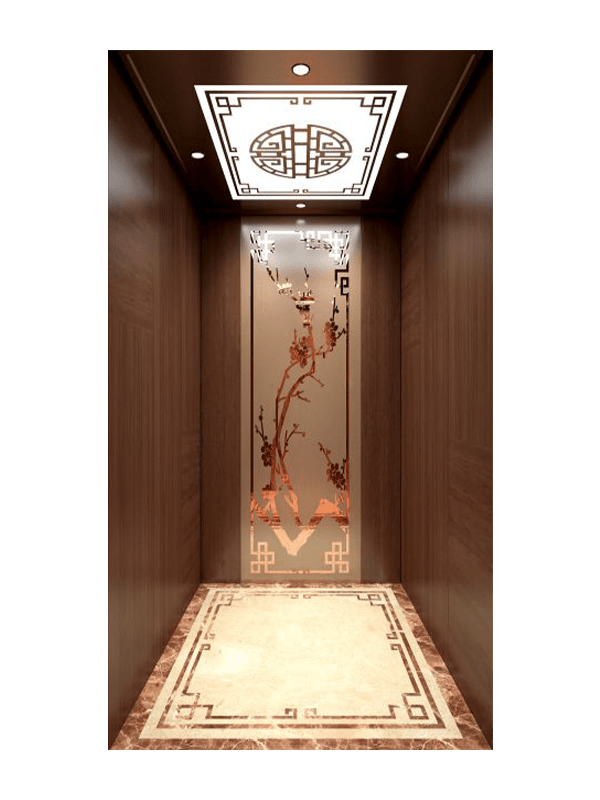
Personalization and Custom Craftsmanship
One of the greatest advantages of villa elevator car decoration is customization. Unlike commercial elevators, which prioritize uniformity, residential elevators can be fully tailored to fit the homeowner’s preferences. Manufacturers often offer a wide range of materials, finishes, and lighting configurations. Some even provide 3D visualization tools that allow homeowners to preview the final look before installation.
Custom craftsmanship extends to every detail: from engraved metallic trims to art glass inserts or marble-pattern laminates. This flexibility ensures that the elevator is not just a mechanical fixture but an artistic extension of the villa’s personality.
In luxury projects, decorators often collaborate directly with architects and interior designers to ensure the elevator matches the color schemes, textures, and themes of adjacent rooms. The result is harmony and continuity throughout the entire residence.
Contribution to Daily Satisfaction and Lifestyle Quality
It may seem minor, but design has a profound impact on daily life. Homeowners use their elevator several times a day; a pleasant interior can subtly enhance mood and well-being. A thoughtfully decorated car feels comfortable and welcoming, turning routine movement between floors into a moment of ease and enjoyment.
Lighting plays a psychological role as well. Soft white or warm yellow tones evoke calm and elegance, while bright lights can make the space feel clinical. Meanwhile, carefully chosen textures—like brushed metal or smooth laminated panels—add tactile comfort.
The beauty of a well-decorated elevator lies in how naturally it blends function and aesthetics. When form meets function seamlessly, it contributes to a more complete, balanced living experience.
Supporting Accessibility and Family-Friendly Design
In villa environments, elevators often serve multi-generational families. Decoration can therefore be planned with accessibility in mind. Contrasting colors can help users with poor eyesight distinguish control panels and handrails. Non-glare finishes reduce reflections for safer navigation. Panel layouts can be simplified to ensure intuitive operation.
Additionally, materials with rounded edges or soft-touch finishes provide safety for children. Thoughtful decoration thus becomes part of universal design—ensuring beauty without sacrificing practicality.
Reflecting Technological Integration
Today’s villa elevators are increasingly intelligent, featuring touchscreens, voice control, and smart lighting. Car decoration complements this technology by incorporating modern materials that support integration. For example, mirrored panels can discreetly house control sensors, while ceiling designs can include motion-activated lighting or ambient LEDs that change color temperature based on time of day.
By harmonizing design and technology, decoration helps future-proof the elevator, ensuring that its appearance matches the sophistication of its functionality.
Environmental Considerations and Sustainable Materials
Modern homeowners are also more environmentally conscious. Many elevator manufacturers now offer eco-friendly decorative materials such as water-based coatings, recycled laminates, or sustainably sourced wood veneers. LED lighting systems reduce energy consumption, while powder-coated finishes avoid harmful volatile compounds.
In a villa setting, where design choices reflect lifestyle values, selecting sustainable decoration materials demonstrates responsibility without compromising aesthetics. This balance between beauty and environmental respect is increasingly seen as a mark of modern luxury.
Psychological and Social Impact
An elevator that feels well-designed and inviting enhances not only the homeowner’s comfort but also guests’ impressions. Visitors often judge a residence by the attention given to smaller spaces, and an elevator that mirrors the villa’s elegance leaves a lasting impression of refinement and hospitality.
From a psychological perspective, harmonious design creates a sense of calm and order. For homeowners returning after a long day, the elevator becomes a brief yet meaningful space that reflects the serenity of their personal retreat.
Long-Term Value and Maintenance Ease
Good decoration is not about complexity—it’s about intelligent design that stands the test of time. Materials that resist fingerprints, scratches, or corrosion help maintain a pristine appearance with minimal upkeep. Magnetic or modular panel systems also allow easy replacement of individual parts in case of damage, avoiding the need for a complete redesign.
Over years of use, such practical design considerations prove invaluable. A durable and elegant interior will continue to function beautifully long after trends change, reinforcing the timeless appeal of the villa.
Conclusion
Elevator car decoration in a villa environment is far more than a matter of visual appeal—it is an integral part of home design that combines artistry, comfort, safety, and value. It mirrors the homeowner’s personality, harmonizes with architectural aesthetics, and enhances the daily experience of movement within the home.
A thoughtfully decorated elevator car transforms a purely functional device into a symbol of craftsmanship and care. It offers beauty that endures, comfort that reassures, and elegance that connects every level of a villa with quiet sophistication.
In essence, investing in quality elevator car decoration is an investment in the villa’s identity itself—a reflection of how deeply design and lifestyle are intertwined.


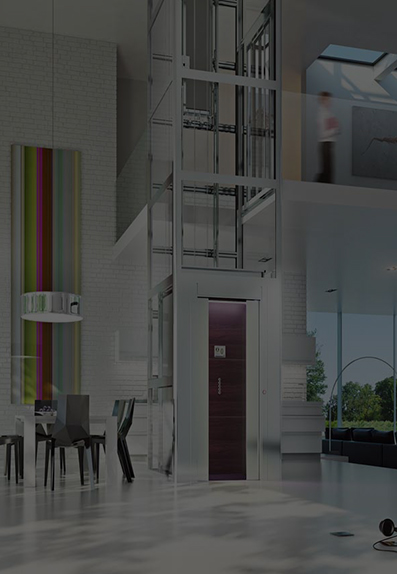
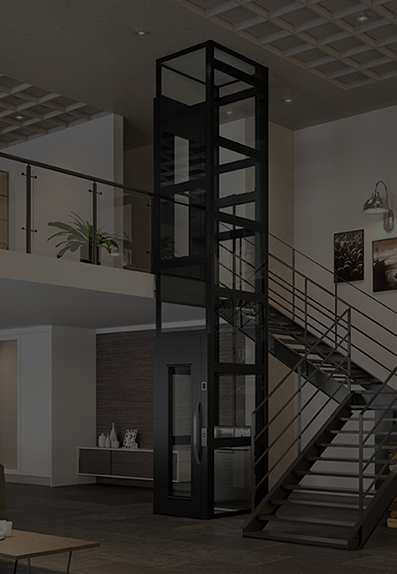

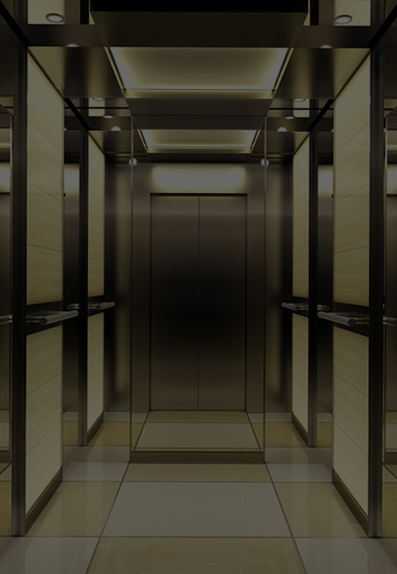
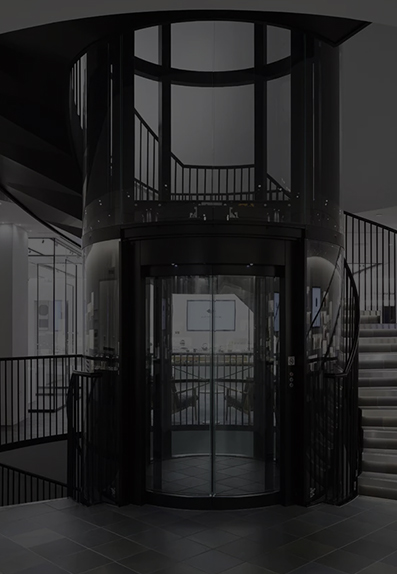
 English
English عربى
عربى Deutsch
Deutsch Español
Español Français
Français русский
русский 日本語
日本語 简体中文
简体中文
